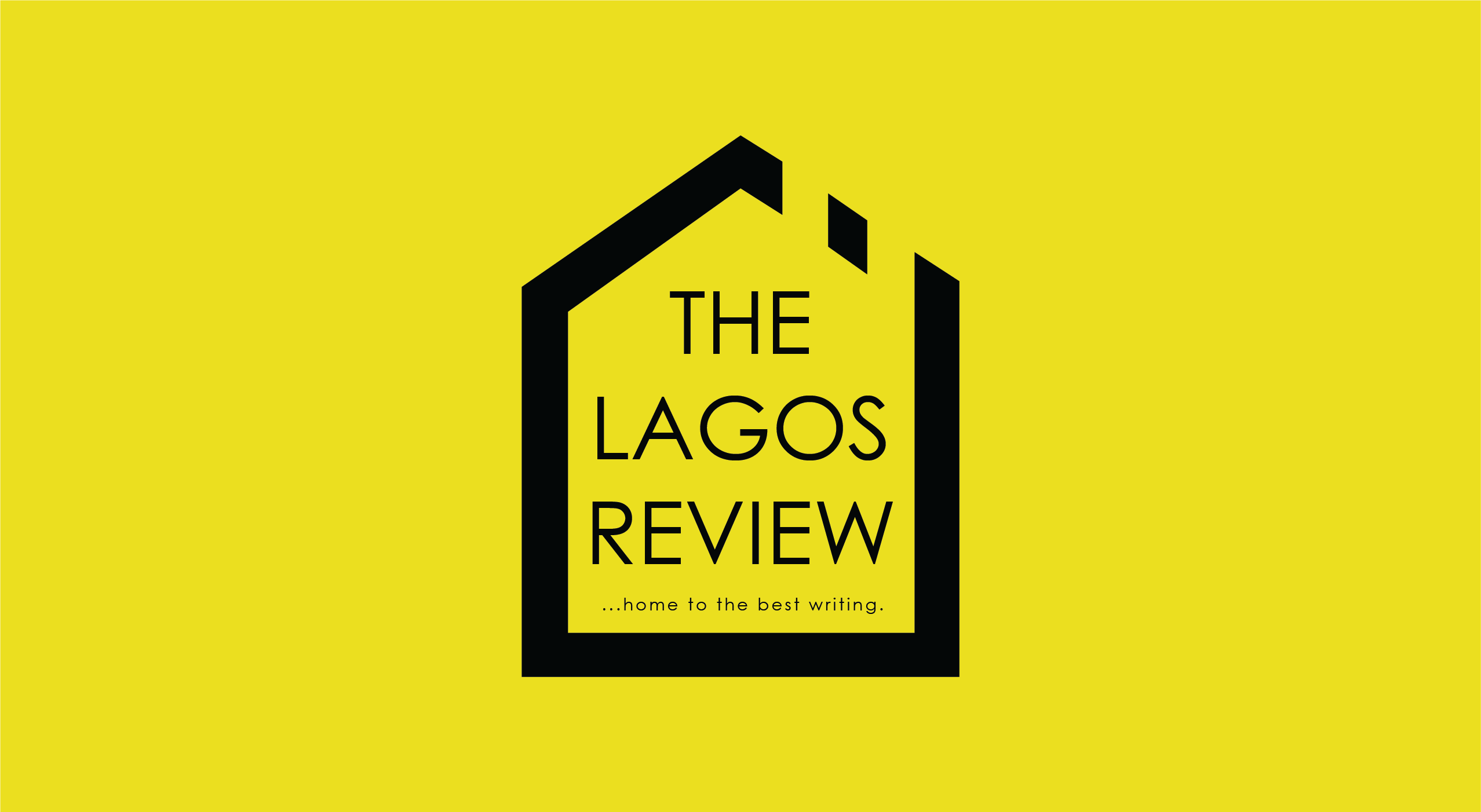Benin City, the historic heart of Nigeria and a symbol of African artistry, has long been a cornerstone of cultural heritage, a beacon of African artistic and cultural brilliance.
Its legacy, rooted in the ancient Kingdom of Benin, boasts magnificent bronze sculptures, intricate ivory carvings and regal customs that have stood the test of time.

Yet, amidst this rich cultural tapestry lies a stark contrast—Benin’s potential as a centre for heritage and intellectual exploration remains largely untapped. A significant portion of this heritage is housed in museums worldwide, a result of looting during the colonial era.
Step into the Museum of West African Art (MOWAA), a new institution rising from the very earth of this ancient city, aiming to not only reclaim this legacy but to redefine the very concept of a museum in Africa and set to transform how Africa’s story is told on the global stage.
The MOWAA, a sprawling complex nestled within the historic Benin Moat, is more than just a repository for artefacts. It’s a vibrant hub for research, education and artistic expression, a place where the past informs the present and empowers future generations. MOWAA is not merely a building; it’s a testament to a new vision for African museums. Gone are the days of dusty exhibits and passive spectatorship. Here, interactive workshops on traditional pottery and rammed earth building sit alongside cutting-edge research facilities. The institute boasts a state-of-the-art conservation lab, a digital lab exploring the intersection of technology and heritage, and a vibrant programme of artist residencies and fellowships.
“We want to attract a global research audience to come here and work with us,” said Ore Disu, Director of the MOWAA Institute. “We want people to see Benin as the epicentre of their careers and collaborate with us.”
This emphasis on research and collaboration is crucial, as Disu laments the “japa” syndrome – the unfortunate tendency for knowledge generated in Africa to be exported elsewhere without recourse to replenishing the source.
MOWAA is actively rewriting the narrative of African history, challenging long-held misconceptions and empowering local communities. Through archaeological digs conducted in partnership with institutions like the British Museum and the University of Cambridge, and community engagement programmes like “Discovery Days,” the museum is unearthing the rich and complex history of the region.
“Without robust records and monuments,” Disu asserted, “it can be difficult to visualise what African societies built, invented and achieved.”
MOWAA aims to rectify this, ensuring that the stories of African ingenuity and innovation are not lost to time.
The preview event at MOWAA in November brought together a diverse array of stakeholders, from renowned scholars like Princeton University’s Professors Chika Okeke-Agulu and Robert Schirmer, as well as Oxford’s Prof. Shadreck Chirikure to government officials and international donors. Their discussions focused on critical issues facing museums today, including the ethics of restitution, the role of technology in heritage preservation and the importance of African leadership in shaping the future of cultural institutions.
The Executive Director of MOWAA, Philip Ihenacho, described the event as an opportunity to honour those who have been instrumental in realising the institute’s vision and to attract new supporters who share their passion for redefining African art and history. He emphasised that their mission includes supporting contemporary artists, with a strong focus on education and research. Additionally, he disclosed plans for a centre dedicated to archaeological research, highlighting partnerships with universities offering archaeology programmes to provide students and researchers with hands-on experience.
The response has been overwhelmingly positive. “This modern Institute building featuring unique African architecture and design, as well as cutting-edge technology…excites us about the launch of its inaugural exhibition next year,” enthused Consul General Weert Boerner of the Federal Republic of Germany.
“MOWAA is not an everyday museum,” said Professor Chirikure, a key figure in the institute’s development. “It is a multifaceted platform that transcends traditional museum boundaries, serving as an art gallery, research center, and community engagement hub.”
MOWAA stands as a beacon of hope, not just for Benin City, but for the entire African continent. It demonstrates that museums can be more than just repositories of the past; they can be catalysts for social change, engines of economic growth, and platforms for artistic expression. By embracing innovation, fostering collaboration and empowering local communities, MOWAA is charting a new course for African museums, one that is rooted in the past but firmly focused on the future.
As Disu eloquently stated, “No Akan, Yoruba or Edo person should ever doubt the sophistication of their ancestors.” MOWAA, through its groundbreaking work, is ensuring that the brilliance of African civilisations is not only remembered but celebrated for generations to come.
Its minimalist architecture, designed by renowned architect David Adjaye, symbolises a marriage of tradition and modernity, and is a testament to sustainable design and African architectural innovation. The 4,000-square-metre facility includes state-of-the-art conservation labs, a digital research hub, an auditorium and an amphitheatre. Its rammed-earth construction reflects sustainability while honouring West Africa’s architectural heritage.
According to Disu, who took guests, including arts and culture journalists from within Edo State and beyond on a painstaking and knowledge-filled tour during a two-day event, the museum’s mission is to revive African history, preserve undocumented traditions and elevate Africa’s place in global art and heritage discourse. “No Akan, Yoruba, or Edo person should ever doubt the sophistication of their ancestors,” she declared.
“We wanted to project a rethink of how we view Africa’s past. We started with the institute, including purpose-built exhibition facilities so we host activities and attract local visitors and tourists. We’re also going to establish a centre for craftsmanship to revive artisanal craftsmanship and draw attention to those who have kept our traditional culture alive. We also want to preserve undocumented things like oral traditions by documenting and archiving them. If we don’t keep these things alive they will die off,” she stated.
MOWAA is not merely an art repository but a dynamic platform for education, research and community engagement. The institute boasts partnerships with the National Commission for Museums and Monuments (NCMM), the German Foreign Office and the Mellon Foundation, among others. These collaborations facilitate field archaeology programmes, residency opportunities for artists and curators, as well as fellowships for students.
Some archaeologists were diligently working around the facility, now surrounded by saplings of African origin that will eventually grow into a lush forest. Nearby, students were immersed in learning from the rich tradition of indigenous building techniques and traditional pot making methods.
Disu highlighted the museum’s focus on bridging gaps in archaeological research and cultural preservation. She lamented the underfunding of Nigerian universities and the exodus of intellectuals abroad, emphasising the need to make Benin an epicentre of scholarly collaboration. Through initiatives like simulated archaeological digs and workshops on traditional pottery, MOWAA fosters public engagement while inspiring future cultural stewards.
The institute also envisions a renaissance in craftsmanship. Plans for a Centre for Craftsmanship will revitalise artisanal traditions, while oral histories will be meticulously documented to prevent their disappearance. This holistic approach ensures that Africa’s cultural wealth is preserved for future generations.
Guests got a glimpse of MOWAA’s facilities, workshops on traditional building techniques and mesmerising performances by local and international artists. This convergence of intellect and artistry underscored MOWAA’s commitment to being a beacon of innovation and cultural preservation.
Disu and her team envision MOWAA, whose aspirations go beyond its walls, as a catalyst for global research and cultural tourism. By offering a professional environment for academics and heritage specialists, the museum aims to connect African narratives with audiences worldwide. MOWAA seeks to empower African leadership in heritage studies and practices, ensuring that Africans are the custodians of their own history. By creating a model institution, MOWAA is setting a precedent for what African museums can achieve—celebrating the past while boldly embracing the future.
As Benin City transforms into a nexus of culture and scholarship, MOWAA serves as a reminder of Africa’s resilience, creativity, and potential. Its journey is a testament to the power of reclaiming one’s heritage and redefining it on one’s own terms.
In a world eager for diverse narratives, MOWAA stands tall as a voice of authenticity, bridging the gap between Africa’s past and its promising future.
•Featured image: Phillip Ihenacho (ED, Museum of West African Art, MOWAA); Ore Disu (Director, MOWAA Institute); Myma Belo-Osagie (Vice Chair, MOWAA Board); and Olugbile Holloway (DG, NCMM) at the MOWAA Institute’s preview event, the museum’s first purpose-built building in Benin
•Featured image: Phillip Ihenacho (ED, Museum of West African Art, MOWAA); Ore Disu (Director, MOWAA Institute); Myma Belo-Osagie (Vice Chair, MOWAA Board); and Olugbile Holloway (DG, NCMM) at the MOWAA Institute’s preview event, the museum’s first purpose-built building in Benin





